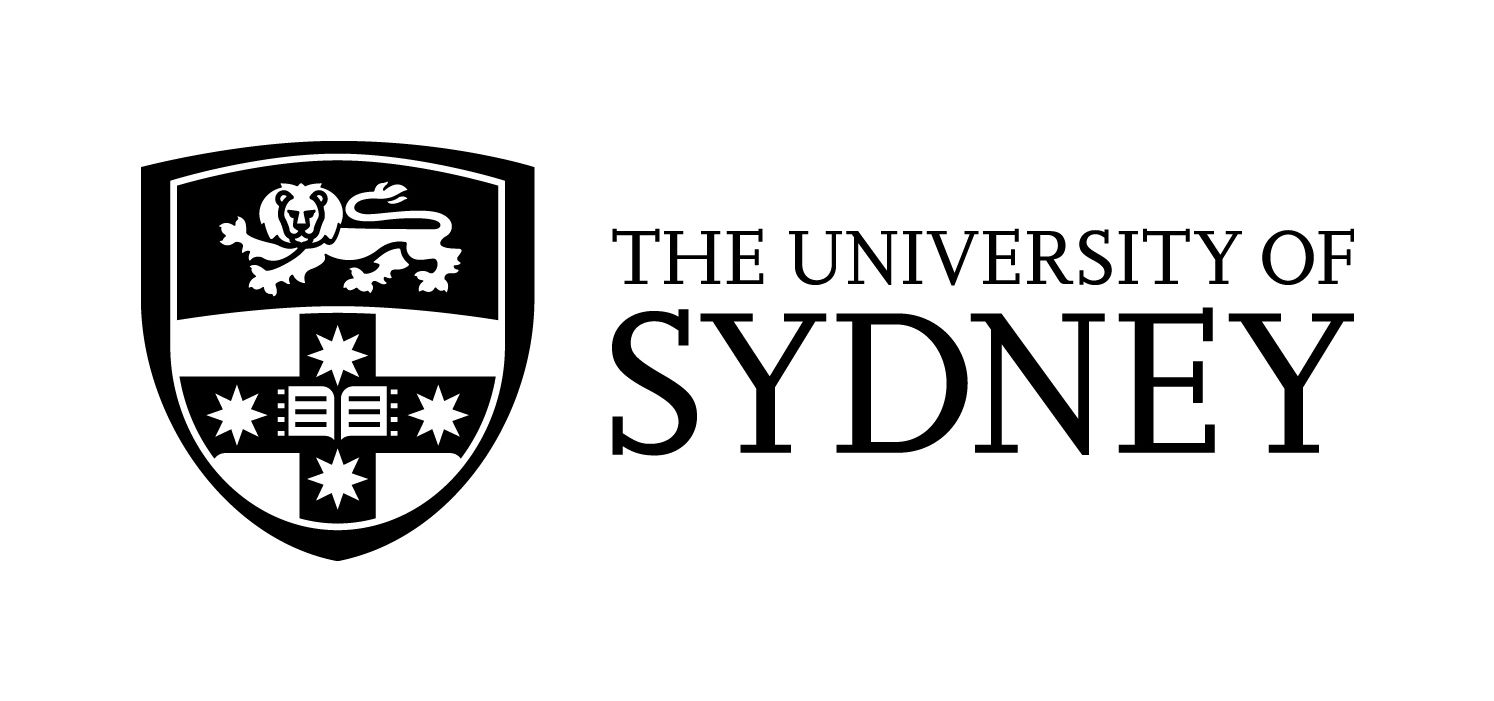Full description
This data collection is associated with the publication: Müller, R. D., Yatheesh, V., & Shuhail, M. (in press). The tectonic stress field evolution of India since the Oligocene. Gondwana Research(0). doi: 10.1016/j.gr.2014.05.008
Publication Abstract
We use a 2 dimensional finite element model with heterogeneous elastic strengths in continental areas to model the regional stress field orientation and relative magnitudes in and around India for 33 Ma, 20 Ma and the present day. The large-scale geological structure of India is embedded in our model by using published outlines of cratons, fold belts and basins, associated with estimates of their relative strengths, enabling the modelling of stress field deflections along interfaces between relatively strong and weak tectonic elements through time. At 33 Ma a roughly NNW-SSE oriented band of relatively high maximum horizontal compressive stress (SHmax) straddled the coast of west India, while the east coast and the adjacent Wharton Basin were characterized by relatively low intraplate stresses. Between 20 Ma and the present growing collisional boundary forces combined with maturing mid-ocean ridge flanks result in the establishment of an arcuate belt with anomalously high intraplate stress that stretches from India to the Wharton Basin, intersecting the continental shelf roughly orthogonally and crossing the 85 degrees East and Ninetyeast ridges. This results in a compressive tectonic regime favouring folding and inversion northeast of the Godavari Graben on the east coast of India, and strike-slip reactivation along the margin segment south of the Godavari Graben, as observed in seismic reflection data, whereas no tectonic reactivation is observed on the continental margin further north, closer to the Mahanadi Graben. Our stress models account for these differences via spatial variations in modelled horizontal stress magnitudes and intersection angles between margin-paralleling pre-existing basement structures and the evolving Neogene stress field. The modelled present-day horizontal stress field magnitudes exhibit a ~500 km wide maximum offshore western Sumatra, intersecting three large-offset fracture zones at roughly 45 degrees, favouring fracture zone strike-slip reactivation relatively close to the trench. Our paleo-stress field models for this region suggest that this stress concentration evolved after 20 Ma, reflecting the combination of increasing collisional forces between India and Eurasia, as well as north of Australia, with evolving subduction zone geometry and related forces.
Authors and Institutions
R. Dietmar Müller - EarthByte Research Group, School of Geosciences, The University of Sydney, Australia. ORCID: 0000-0002-3334-5764
Vadakkeyakath Yatheesh - National Institute of Oceanography, India
Muhammad Suhail - National Institute of Oceanography, India
Overview of Resources Contained
This data collection includes models for the magnitude and direction of maximum horizontal stress for the Indo-Australian plate, India and the North Wharton Basin regions for specified time slices since the Oligocene.
List of Resources
Note: For details on the files included in this data collection, see “Description_of_Resources.txt”.
Note: For information on file formats and what programs to use to interact with various file formats, see “File_Formats_and_Recommended_Programs.txt”.
- Indo-Australian plate (.txt, .nc, .kmz, .jpg, total 6.7 MB)
- Indian region (.txt, .nc, .jpg, total 5.7 MB)
- North Wharton Basin region (.txt, .nc, .jpg, total 6 MB)
- Colour palette file (.cpt, total 4 KB)
For more information on this data collection, and links to other datasets from the EarthByte Research Group please visit EarthByte
For more information about using GPlates, including tutorials and a user manual please visit GPlates or EarthByte
Data time period:
Oligocene to Present
User Contributed Tags
Login to tag this record with meaningful keywords to make it easier to discover
- DOI : 10.4227/11/556FD561EA5E0



